Transfer Work Packages – oGPs
The term “original Good Practice” stands for a cluster or bundle of practices and methods which may be transferred to the next adopter all together or applying a “mix and match” approach. The good practices and their originating integrated health care organisations and or regions are in particular:
- Basque health strategy on ageing and chronicity: Integrated care (Basque Country, Spain) [implemented in WP5]
- Catalan Center for Open Innovation on ICT-supported integrated care services for chronic patients (Catalonia, Spain) [implemented in WP6]
- The OptiMedis model – integrated population-based care (Germany)
[implemented in WP7] - Digital roadmap to an integrated health care sector (Southern Denmark Region)
[implemented in WP8]
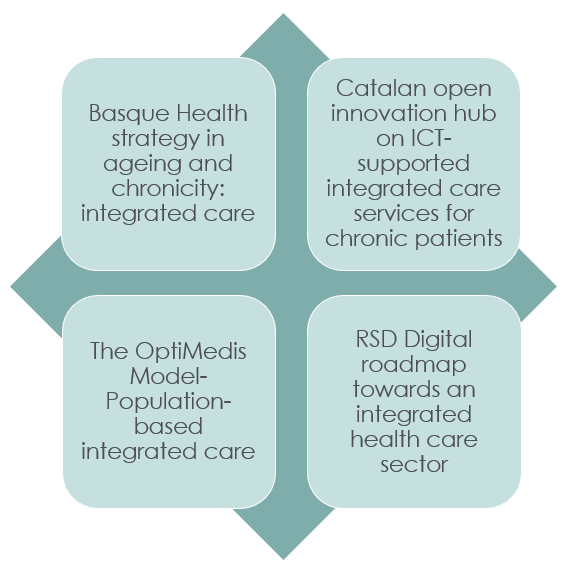
By transferring these four practices, JADECARE proposes to strengthen the capacity of health authorities to successfully address all important aspects of the transformation of the health system towards digitally integrated and person-centred care.
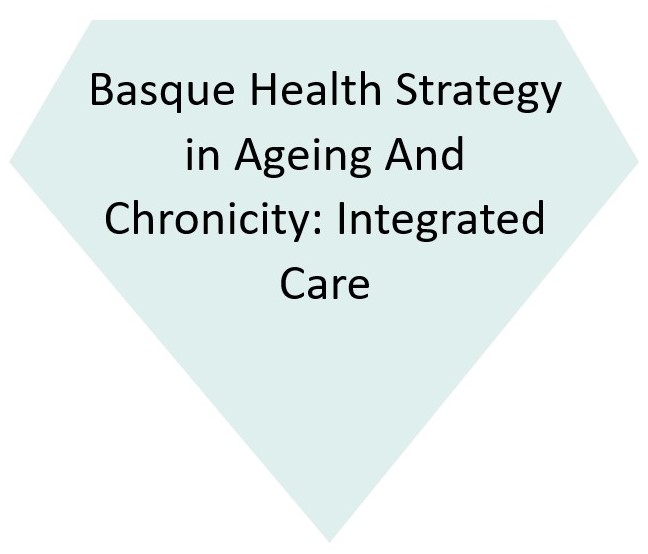
Work Package 5, implementing oGP1, the Basque Health Strategy in Ageing and Chronicity: Integrated Care original Good Practice intends to:
- Improve health and quality of life of the population,
- Enhance the Basque health care system quality, efficiency and sustainability and
- Increase the collaboration with Social services and with the Community.
The approach focuses on deploying risk stratification, digitally-enabled integrated care and patient/citizen empowerment, by means of new organizational models, professional roles, pathways and processes and digital tools and analytics.
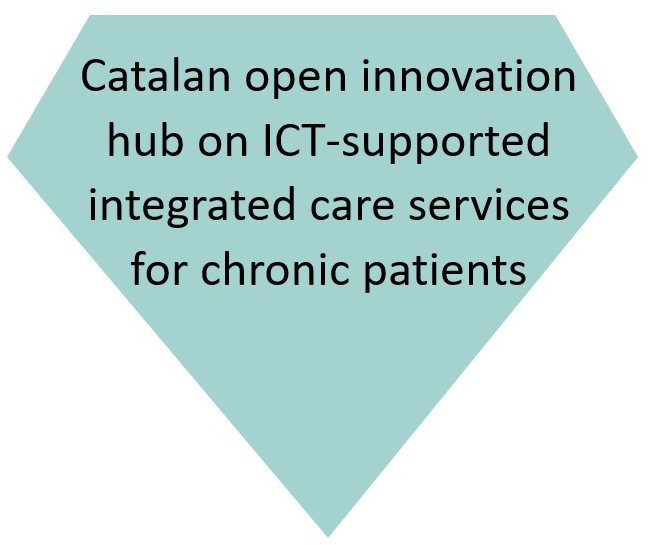
Work Package 6, implementing oGP2, the Catalan Open Innovation Hub on ICT-supported integrated care services is conceived to serve the entire population of Catalonia (ES), 7.6M citizens. The target group is chronic patients with focus on multimorbidity management and on patients with complex health and social care needs. Accordingly, it encompasses both vertical (specialized vs. community-based care) and horizontal (healthcare vs. social support) integrations, combining a population-health orientation with a collaborative adaptive case management approach.
The Catalan Hub identified five blocks with high potential for implementation by next adopters, as well as specific actions within each of them, as indicated below:
- Health risk assessment: population-based and enhanced clinical decision making,
- Promotion of healthy lifestyles,
- Vertical and Horizontal integration experiences adopted in Catalonia,
- Innovative assessment and regulatory aspects of digitally-supported integrated care services,
- Digital support of integrated care services.
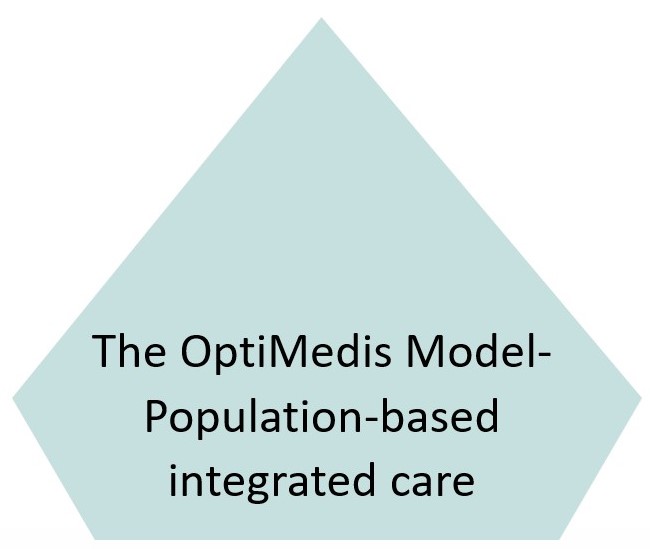
Work Package 7, implementing oGP3, the OptiMedis Model Population-based integrated care is based on the Triple-Aim approach (Berwick, Nolan, Whittington 2008) and pursues three aims simultaneously:
- Improving the patient experience of care (including quality and satisfaction),
- Improving the health of populations; and
- Reducing the per capita cost of health care.
The innovative program, with its strong reference to up-to-date scientific literature and rigorous evaluation, has transformed health care delivery in the German “Kinzigtal” region for more than 15 years using a people centred approach to deliver care services and produce health by preventive action and citizen activation. The “Healthy Kinzigtal (GK)” model is currently replicated in several German regions and has also shown to be a useful model for other countries to adapt and expand. The business model of GK has some distinguishing characteristics: at its core is the value-oriented population-based shared savings contract. Crucial components of this model include:
- The fact that a specific population, representative of a typical risk pool and covered by the integrated care system, can be identified and specific patient pathways developed, which increase efficiency of health care delivery and reduce unnecessary hospitalisation,
- Making the population and patients of a specific “health region” key actors in reducing their health risks,
- The support of an “integrator” who has the know-how and competences to guide the development and implementation of population health improvement programs,
- Create a health ecosystem/network geared towards maximising health and
- Generation of economic rewards from the production of the improved health status instead of the mere increase of services.
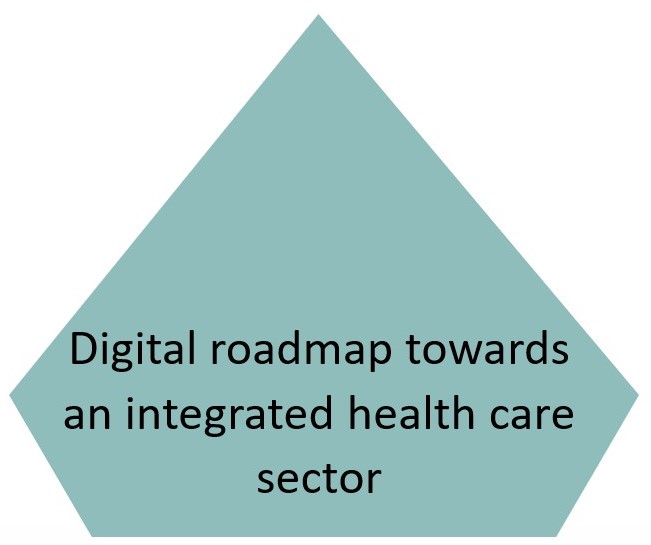
Work Package 8, implementing oGP4, Digital Roadmap towards an Integrated Health Care Sector (Region of South Denmark)
- The Digital roadmap towards an integrated healthcare sector is a story of a long time effort to build strong relationships and coordination between sectors and its health care professionals.
- The Health Agreement is a political agreement and the visions in the agreement lies the ground for the focus and organization within healthcare in Region of South Denmark.
- The SAM:BO agreement on patient pathway cooperation is unique for the Region of Southern Denmark. It describes how the organization around the cross-sectoral healthcare of citizens needs to be organized, implemented and followed up.
- The growing opportunities within digitalization and digital health services contribute to a continuous development of the digital roadmap in Region of South Denmark.